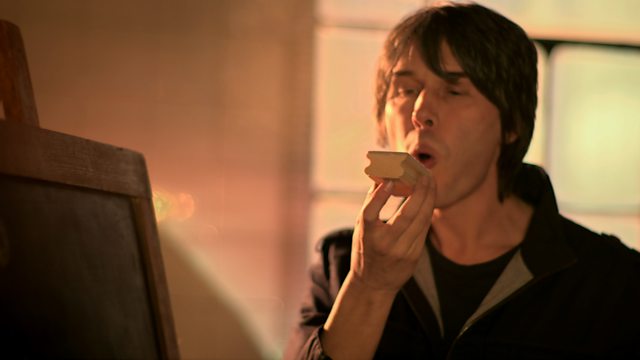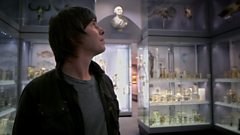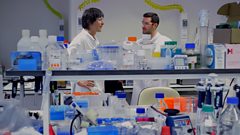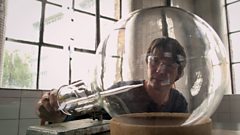
John Tyndall and blue skies research
Brian Cox describes the work of John Tyndall and his attempts to explain what makes the sky blue and the sunset red. Cox recreates Tyndall’s experiment using a few drops of milk in a long tank of water. Blue light is scattered more than longer wavelengths, so the sides of the tank look blue and the red light penetrates to the far end of the tank.
Cox explains that Tyndall was wrong about what was causing the scattering because we now know that it is individual molecules, not dust particles. However, Tyndall then explored further and allowed the dust to settle for many days in a sealed box. This allowed bacteria (as well as dust) to settle out of the air, and this provided significant support for the theory of microbes causing disease which at the time was still controversial.
Duration:
This clip is from
More clips from Science Britannica - Learning Zone
-
![]()
John Hunter and public engagement in science
Duration: 06:01
-
![]()
CERN - The biggest scientific experiment ever
Duration: 05:31
-
![]()
Targeted research
Duration: 05:33
-
![]()
Henry Cavendish – the making of a great scientist
Duration: 06:06





